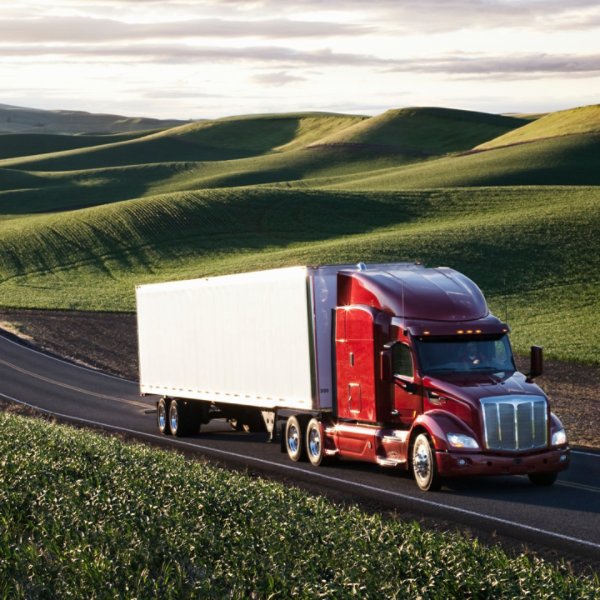
By Kayla Broussard, Chief Technology Officer of Retail and Travel at Kyndryl
What’s in store for retailers in 2025? Shopping won’t be about checking out but checking in.
Retailers will focus more on experiential commerce — what happens before, during and after shoppers visit a store — by investing in technology that can deliver a unified and differentiated customer experience.
Expect store owners to use innovative technologies to drive customer engagement and deliver exceptional service. While companies that have embraced emerging technologies like artificial intelligence (AI), machine learning (ML) and augmented reality (AR) have already benefited from meaningful customer relationships and growing engagement and sales, they will go a step further in the next year.
Retailers will aim to tap into data more effectively to achieve a balance between enhancing customer satisfaction, delivering exceptional service, reducing costs and minimizing their environmental impact.
As the retail landscape continues to evolve, integrating innovative technologies will be crucial for retailers who want to meet the demands of modern shoppers and maintain a competitive edge.
Here are four trends that will reshape the retail industry and offer new growth opportunities.
1. Turn waste into wealth
If your local grocer uses AI, they likely already know some of what’s on your weekend shopping list. Advanced analytics on sales patterns and inventory levels help retailers stock enough fresh produce to meet daily demand, improving forecasting, reducing waste and enhancing efficiency. Internet of Things (IoT) devices ensure perishable items are stored correctly to maintain freshness and quality. During delivery, these devices also monitor the location and condition of the items.
Thanks to AI, consumers can make more environmentally-conscious choices with product packaging. Having the option to allow the holiday gifts bought online to arrive in their original packaging — rather than being repackaged by the retailer — goes a long way in optimizing material resources, reducing waste and recycling efforts.
By reducing unsold food by 25%, U.S. grocers saved $311 million from 2019 to 2022.
Source: Grocery Stores Report Significant Progress In Reducing Food Waste, New Study Finds,
Pacific Coast Collaborative, April 2024
2. Reverse a culture of returns
If the year-end holidays are about giving, the new year is often about giving those gifts back. Retailers generally struggle with managing returns from online shoppers who practice bracketing or wardrobing — meaning a customer buys an item in several variations and returns the ones they don’t want or buys an item and wears it briefly before returning it. These trends hurt profit margins, disrupt inventory and strain the environment.
Adopting AI-based technologies in physical stores can be transformative. Brands can create immersive shopping experiences with intelligent dressing rooms, smart mirrors and 3D body scans, reducing returns and increasing basket size due to better-fit confidence. AI-based e-commerce offers sizing recommendations from previous orders and customer feedback, while AR lets consumers visualize bulkier products like furniture in their homes for informed choices.
Reverse logistics is critical for smoother returns. AI optimizes return item transportation by collecting them at central points and dynamically routing them based on real-time information. It also determines which returned items can be refurbished and upcycled, reducing landfill waste.
Retail industry returns could reach $890 billion.
Source: 2024 Consumer Returns in the Retail Industry, National Retail Federation, 2024
3. Make payments easier
Though a significant amount of shopping happens online, innovative digital payments are taking over in-store transactions as retailers meet customers’ demands for speed, convenience and security. Traditional retail layaway has evolved into flexible payment methods like buy now, pay later, allowing consumers to split purchases into installments while receiving their items immediately.
With payment service providers handling financing and processing, retailers can focus on boosting conversions and loyalty. Invisible payments let customers walk into a store, pick up items, and receive their bills on integrated apps and devices, eliminating the need for direct interaction with the point-of-sale system.
Cash is used in only 12% of in-store transactions in the U.S.
Source: Consumer Credit Card vs. Cash Statistics, Capital One Shopping Research, December 2024
4. Implement transparent data practices
The product launches on social media are likely driven by AI-powered media networks, which help brands automate audience selection and ad placements for better marketing outcomes. While data is crucial for understanding customer preferences and patterns, it must be based on trustworthy and transparent practices.
Zero-party data, which customers willingly share with a brand in exchange for benefits like relevant offers and personalized content, serves this purpose. This data, collected through gamified methods like quizzes and surveys, is more reliable and cost-effective in the long run.
Attending NRF 2025?
Visit Kyndryl’s Experience Booth (#5575, Level 3) in the Jacob K. Javits Convention Center to learn how we are creating a personalized customer experience, unifying the employee experience and delivering AI innovations.
Join Kyndryl CTO Kayla Broussard and Wawa Executive Declan Forde for a discussion on how Wawa employs technology to deliver customer and frontline worker experiences that transcend the boundaries of a typical convenience store.


